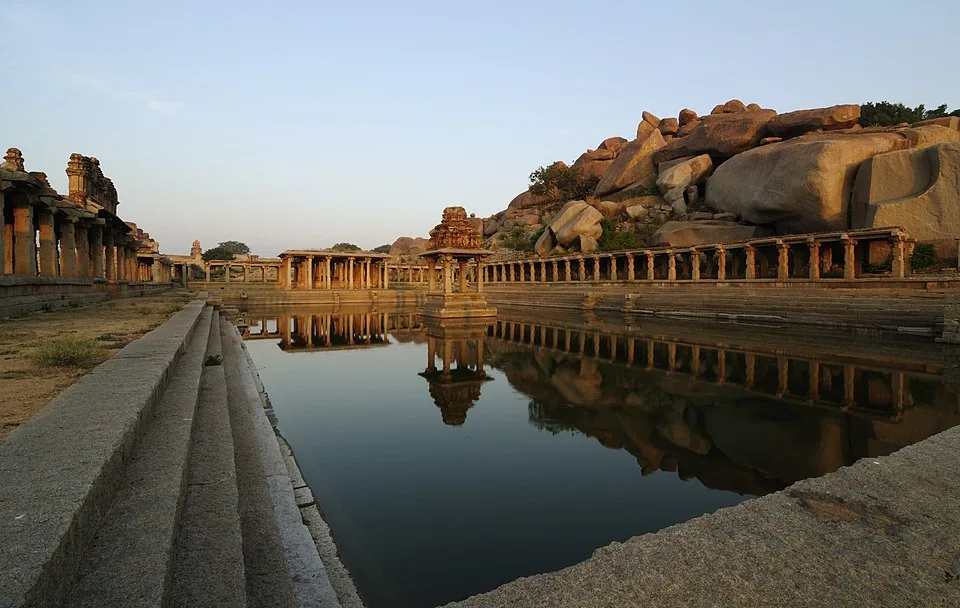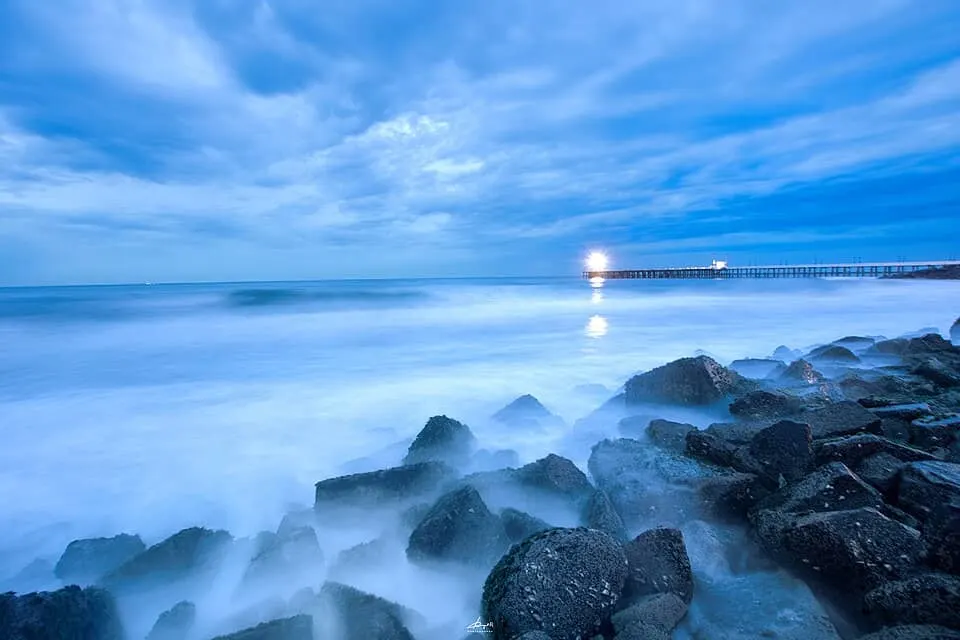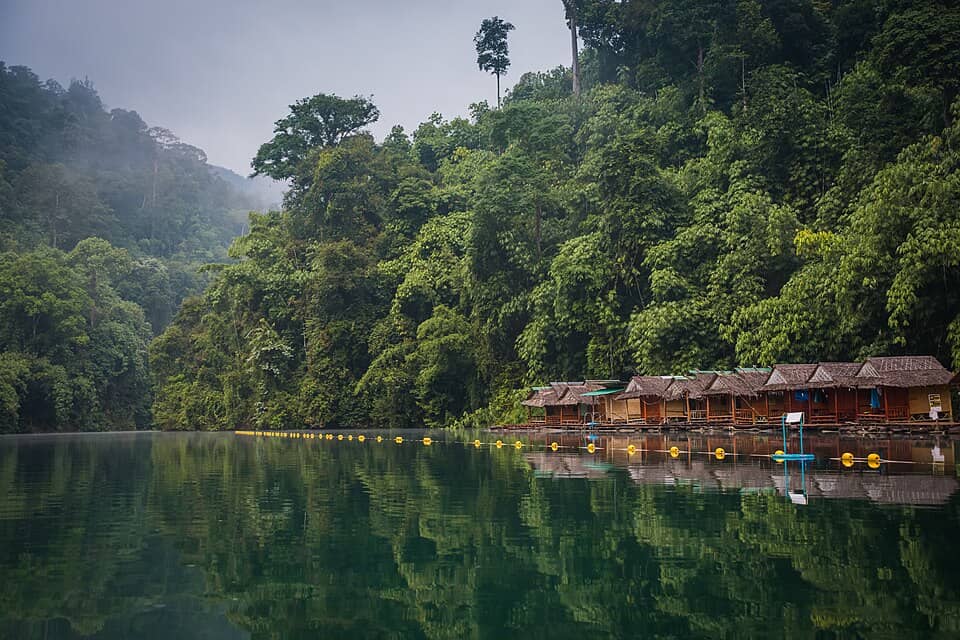
How to Avoid Common Tourist Scams in India
July 7, 2025
Boat Tour Activities in Greece: Day Adventures with Yacht and Catamaran
July 9, 2025Northeast India’s Hidden Gems: A Journey Through Untouched Beauty
Nestled in the far eastern reaches of India, the Northeast, often referred to as the “Seven Sisters and One Brother,” is a region of unparalleled natural beauty, rich cultural diversity, and hidden treasures waiting to be explored. Comprising the states of Arunachal Pradesh, Assam, Manipur, Meghalaya, Mizoram, Nagaland, Tripura, and Sikkim, this region offers a tapestry of lush landscapes, vibrant traditions, and unique experiences that remain largely untouched by mass tourism. For travelers seeking an offbeat adventure, Northeast India is a treasure trove of hidden gems that promise to captivate the senses and soul. This article delves into some of the region’s most enchanting destinations, from Meghalaya’s living root bridges to Sikkim’s serene monasteries and Assam’s sprawling tea estates.
Meghalaya: The Land of Living Root Bridges
Meghalaya, aptly named the “Abode of Clouds,” is a state where nature and human ingenuity intertwine. One of its most iconic attractions is the living root bridges, a testament to the Khasi and Jaintia tribes’ harmonious relationship with their environment. These bridges, found in villages like Cherrapunji and Mawlynnong, are crafted from the aerial roots of rubber fig trees, meticulously guided over decades to form sturdy, natural pathways across rivers. The double-decker root bridge in Nongriat, accessible via a scenic trek through lush forests, is a highlight, offering a surreal blend of engineering and nature.
Mawlynnong, often dubbed Asia’s cleanest village, is another gem. Its pristine streets, adorned with flower gardens, and the warm hospitality of the locals make it a must-visit. Nearby, the Umngot River in Dawki boasts crystal-clear waters, so transparent that boats appear to float on air. A boat ride here, especially during the early morning, is a magical experience, with the river reflecting the surrounding hills like a mirror. Meghalaya’s blend of natural wonders and cultural richness makes it a perfect starting point for exploring the Northeast.
Sikkim: Serenity in the Himalayas
Sikkim, a tiny Himalayan state, is a haven for those seeking tranquility and adventure. Bordered by Nepal, Bhutan, and Tibet, it offers breathtaking views of the Kanchenjunga, the world’s third-highest peak. Gangtok, the capital, serves as a vibrant base, with bustling markets and cultural landmarks like the Enchey Monastery. However, Sikkim’s true allure lies in its offbeat destinations.
Yumthang Valley, known as the “Valley of Flowers,” is a paradise of alpine meadows, hot springs, and snow-capped peaks. During spring, the valley bursts into a riot of colors with blooming rhododendrons and primulas. For a spiritual retreat, visit the Rumtek Monastery, a significant center of Tibetan Buddhism, where intricate murals and serene surroundings invite introspection. Adventurous souls can trek to Gurudongmar Lake, one of the highest lakes in the world, located at 17,800 feet. Its turquoise waters, framed by snow-clad mountains, offer a surreal vista, though the high altitude demands preparation.
Sikkim’s commitment to sustainable tourism and its blend of Buddhist heritage and natural splendor make it a gem for travelers seeking both peace and adventure.
Assam: Tea Estates and Cultural Riches
Assam, the gateway to Northeast India, is synonymous with sprawling tea estates that produce some of the world’s finest teas. A visit to a tea garden in Dibrugarh or Jorhat offers a glimpse into the region’s colonial past and its vibrant present. Guests can stay in heritage bungalows, witness the tea-plucking process, and savor freshly brewed Assam tea while surrounded by emerald-green plantations.
Beyond tea, Assam is home to Kaziranga National Park, a UNESCO World Heritage Site and one of the best places to spot the endangered one-horned rhinoceros. The park’s grasslands and wetlands also host tigers, elephants, and migratory birds, making it a haven for wildlife enthusiasts. A jeep or elephant safari through Kaziranga is an exhilarating way to connect with nature.
For cultural immersion, Majuli, the world’s largest river island, is a must-visit. Located on the Brahmaputra River, Majuli is a hub of Assamese culture, known for its Satras (neo-Vaishnavite monasteries). These institutions preserve traditional dance, music, and art forms like the Bhaona, a vibrant theatrical performance. The island’s serene landscapes, dotted with wetlands and traditional Mishing tribal villages, add to its charm.
Nagaland: Festivals and Tribal Heritage
Nagaland, known for its vibrant tribal culture, offers a deep dive into the region’s indigenous heritage. The Hornbill Festival, held annually in December near Kohima, is a spectacular showcase of Naga traditions, featuring tribal dances, music, and crafts. Each of the 16 major tribes, such as the Angami, Ao, and Konyak, brings its unique flair, making it a cultural extravaganza.
For a quieter experience, visit the remote village of Longwa, where the India-Myanmar border runs through the chief’s house, symbolizing the region’s fluid cultural boundaries. The Konyak tribe, once known for headhunting, now welcomes visitors with warmth, sharing stories of their history and showcasing intricate beadwork and tattoos.
Arunachal Pradesh: Untamed Wilderness
Arunachal Pradesh, with its rugged terrain and diverse tribes, is a frontier for intrepid travelers. Tawang, home to the 17th-century Tawang Monastery, is a spiritual and scenic highlight. Perched at 10,000 feet, the monastery offers panoramic views and a glimpse into Buddhist culture. The nearby Sela Pass, with its snow-covered peaks and serene lakes, is a trekker’s delight.
For wildlife lovers, Namdapha National Park, one of India’s last great wildernesses, is home to rare species like the clouded leopard and the Hoolock gibbon. The park’s dense forests and challenging trails make it a paradise for adventure seekers.
Practical Tips for Exploring Northeast India
Traveling in Northeast India requires some planning due to its remote locations and unique regulations. Certain areas, like parts of Arunachal Pradesh, require Inner Line Permits (ILPs), which can be obtained online or through local authorities. The best time to visit is October to April, when the weather is pleasant and festivals are in full swing. Road travel is common, but infrastructure can be basic, so patience is key. Engaging local guides not only enhances the experience but also supports communities.
Accommodation ranges from homestays in villages like Mawlynnong to heritage bungalows in Assam’s tea estates. Local cuisine, such as smoked pork, bamboo shoot dishes, and thukpa (noodle soup), is a highlight, offering bold flavors unique to each state. Respecting local customs, such as seeking permission before photographing tribal communities, is essential for meaningful cultural exchanges.
Why Northeast India?
Northeast India’s allure lies in its untouched beauty and diversity. Unlike India’s more popular tourist circuits, this region offers an authentic, immersive experience, where travelers can connect with nature, culture, and history in their purest forms. Whether it’s walking across a living root bridge, meditating in a Himalayan monastery, or sipping tea amidst Assam’s rolling estates, the Northeast promises memories that linger long after the journey ends.
As sustainable tourism grows, the region is slowly opening up, yet it retains its charm as a hidden gem. For those willing to venture beyond the beaten path, Northeast India is a canvas of experiences waiting to be painted with adventure, wonder, and discovery.
Image Credits- Gurudongmar Lake Sikkim





